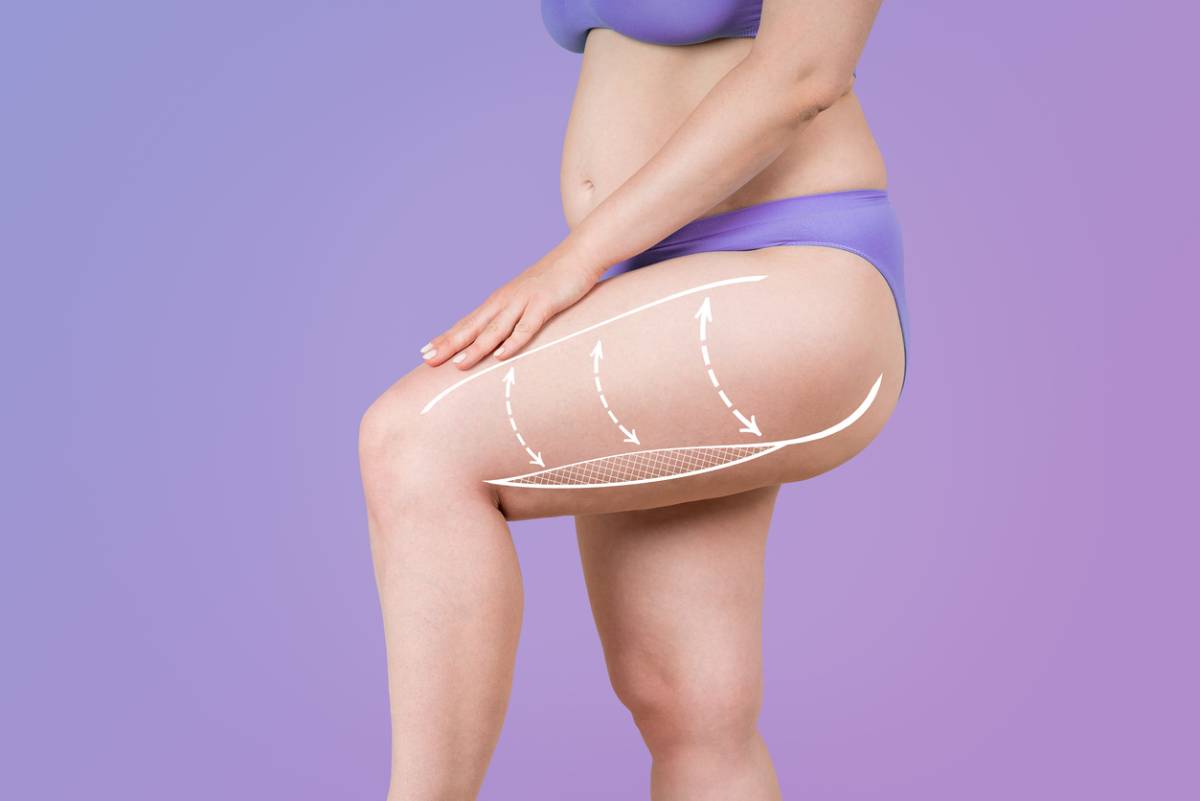How Long Does a Thigh Lift Last?
A thigh lift is a cosmetic procedure that removes excess skin and fat from the thighs. This creates a firmer and more toned appearance. This is a great procedure after weight loss or pregnancy. However, it is also beneficial if the signs of aging are visible on the thighs. A thigh lift is generally safe and effective and leaves you with legs that look amazing. You may wonder, how long does a thigh lift last? Below, you will find information about the procedure and why it is right for you.
How Long Does a Thigh Lift Last?
A thigh lift is designed to improve the shape of your thighs. It involves removing excess skin and fat from the thigh area. This results in a firmer thigh free from skin sagging and fat bulges. The results are long-lasting and are considered permanent. However, the surgery cannot stop the aging process. Natural aging can impact the thigh area. Additionally, poor lifestyle habits can impact the longevity of your results. The surgery is intended to be permanent, but it is important to maintain a healthy lifestyle.
Factors That Impact the Longevity of a Thigh Lift
A thigh lift is a great way to improve the look of your legs. Those who have experienced weight loss may have excess skin or fat on the thighs. A thigh lift is an effective plastic surgery procedure that can restore the youthful look of your legs. Below are the common factors that negatively impact the longevity of your results.
Weight
Maintaining your weight is essential to ensure your thigh lift results last. Gaining or losing a significant amount of weight after surgery can affect the shape of your thighs. It is important to be at your goal weight before surgery. After surgery, maintain that range so your results last.
Post-Surgery Recovery
After your surgery, your plastic surgeon will provide you with instructions on how to care for yourself. It is essential to follow their instructions as closely as possible. This may include wearing compression garments, avoiding strenuous activity, and keeping the incision area clean. You should also go to all of your follow-up appointments after surgery. Your surgeon will assess your recovery and make any necessary adjustments. Following these instructions is necessary for proper healing and long-lasting results.
Skin Elasticity
The natural aging process leads to a loss of collagen and elastin. These are necessary proteins that keep your skin firm. As early as your 20s, collagen and elastin production reduces. Each person is uniquely different, so some people experience age-related skin changes earlier on. Because of this, it can impact your results. A thigh lift is an effective surgery but it cannot stop the aging process.
Lifestyle Habits
Living a healthy lifestyle can positively impact the longevity of your results. This includes eating a healthy diet filled with nutrient-dense foods. This includes mostly whole foods. Reduce the amount of processed foods for optimal skin benefits. It is also important to keep yourself hydrated. In addition to a healthy diet, exercise is an integral part of your overall health. Aim to exercise at least 150 minutes each week for the best results.
Sun Exposure
Sun exposure can break down your skin. It is one of the most common causes of accelerated aging and can impact your thigh lift results. It is necessary to wear at least SPF 30 every day. While most people put it on their face, neck, and hands, it is necessary to apply it to your legs after a thigh lift.
Candidate for a Thigh Lift Procedure
The first step in moving forward with a thigh lift is scheduling a consultation with a skilled and experienced plastic surgeon. A thigh lift is a great option for those who have sagging skin, cellulite, or lumpy skin on their inner thighs. Those who have bleeding, discoloration, rashes, or chafing are also great candidates for a thigh lift.
Candidates for the procedure should be non-smokers and be in good overall health. If you do have any underlying conditions, such as diabetes, it needs to be well-managed. Patients should also be at their goal weight for a year. It is important to be at your goal weight with no plans to lose more after surgery. This can impact your results and require another surgery.
If you are cleared for surgery, the surgeon will provide you with pre-surgical instructions. It is important to follow these to ensure a smooth surgery. A thigh lift is performed on an outpatient basis, so you get to go home the same day. If you are interested in the procedure, contact Dr. Brent and his team today to schedule a consultation!

